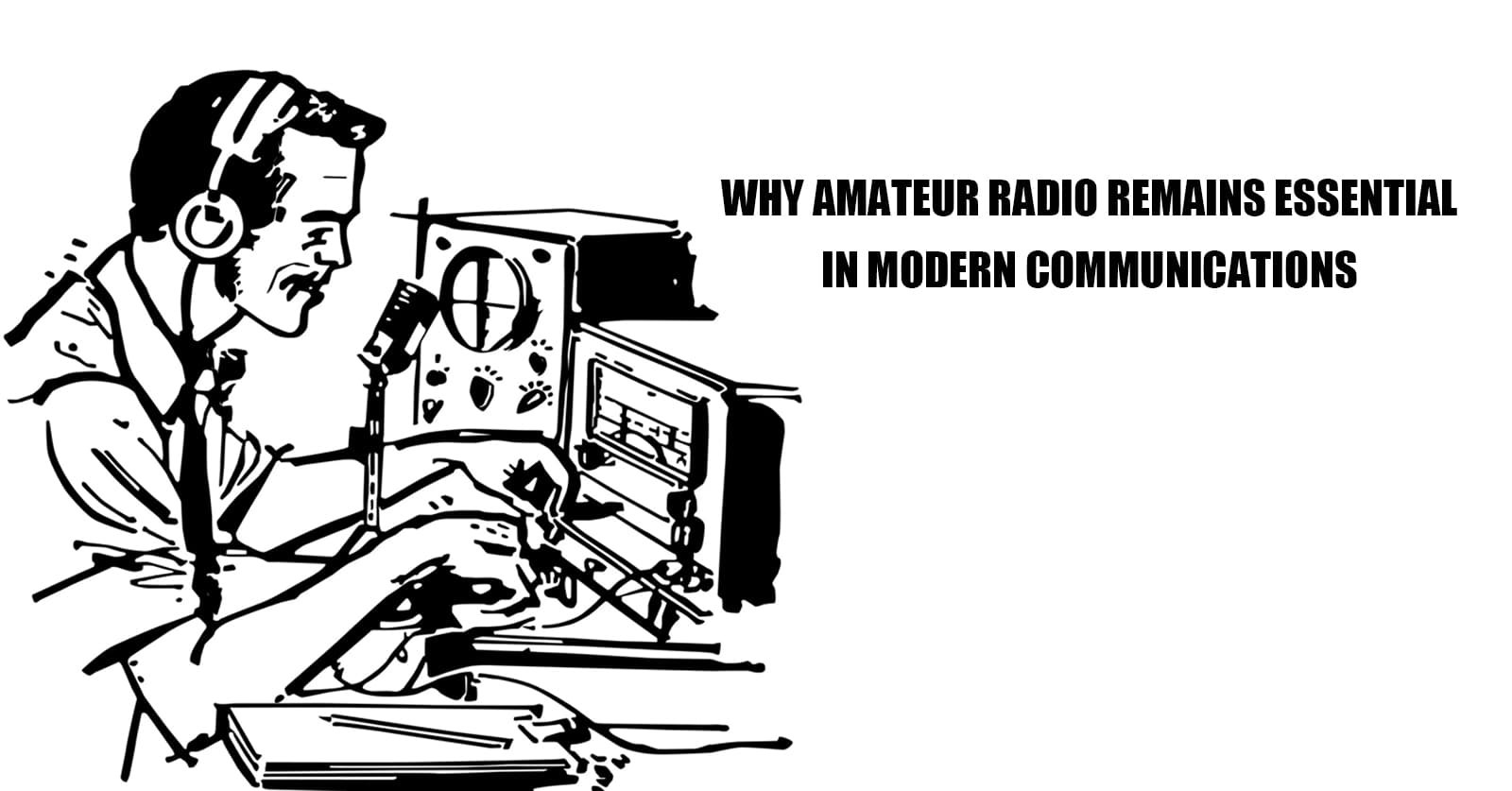Why Amateur Radio Remains Essential in Modern Communications

Why Amateur Radio Remains Essential in Modern Communications
In an age dominated by smartphones and instant messaging, amateur radios (formally known as ham radio) continue to play a vital role. Designed for non-commercial use, these two-way communications devices provide reliability where modern technology often fails. Unlike cellular networks, amateur radios operate on dedicated frequencies regulated by organizations such as the Federal Communications Commission and the International Telecommunication Union. This ensures they are available during emergencies, natural disasters, or remote areas where traditional communication methods fail.
A Legacy of Innovation
With its origins dating back to the late 1800s, amateur radios evolved from an experimental hobbyist tool to a critical communications system. Early operators pioneered technologies such as quartz crystal transmitters, laying the foundation for modern engineering. The word “amateur” itself was a tongue-in-cheek term for inexperienced users, but later became a badge of honor for hobbyists. Today, there are more than 750,000 licensed radio operators in the United States alone, and the number is growing steadily, proving the enduring appeal of the hobby.
Beyond the Amateur: Real-World Applications
While amateur radios have flourished as a recreational activity, their true value is revealed in emergency situations. Hurricanes, wildfires, and power outages often knock out cellular networks, but amateur radios keep communities connected. Organizations like FEMA and the Red Cross rely on amateur radio operators during crises. Schools and businesses also use these radios for radio technology training and STEM skills.
Modern Technology Meets Classic Reliability
Some consider amateur radios obsolete, but they complement modern systems. For example, Retevis mobile radios blend traditional durability with modern features. The Retevis RA89 provides 10 watts of power for long-range communications, perfect for off-grid adventures or farm operations. The compact Retevis Ailunce HA1G blends seamlessly into camping gear, while the high-performance Retevis Ailunce HD2 supports search and rescue, emergency response, and more.
Why Choose Amateur Radio in 2025?
1. Unmatched Reliability: Not dependent on cell towers or Wi-Fi.
2. Emergency Preparedness: Critical when disaster strikes.
3. Technical Education: Licensing programs teach valuable electronics and physics skills.
4. Global Community: Connect with operators around the world and promote cultural exchange.
For outdoor enthusiasts, Retevis radios like the RA89 offer an IP68 weatherproof design and extended battery life. Home users benefit from the HA1G’s rugged build and GMRS band transmissions. Even schools use entry-level models like the HA1UV to teach communications basics.
The Future of Amateur Radio
As technology advances, amateur radios adapt. Digital modes like DMR (digital mobile radio) and GPS integration expand their capabilities. Retevis Ailunce HD2 devices now support features like noise cancellation and Bluetooth pairing, bridging the gap between traditional reliability and modern convenience.
Summary
In 2025, amateur radios will not only be relevant, but indispensable. Whether preparing for an emergency, exploring a remote trail, or managing a factory floor, these devices provide a lifeline when other equipment fails. Retevis mobile radios embody this balance, proving that innovation is allowing amateur radio to thrive in the digital age.






